If you live in the United States, chances are you’ve come across snakes at some point. While most are harmless, a few can pose serious threats to humans and pets. Knowing which snakes are dangerous and learning how to identify them can prevent frightening encounters in your yard. From the infamous rattlesnakes to the less well-known cottonmouths, these six snakes are among the most dangerous species you could accidentally stumble upon. Stay alert, and always respect their space.
1. Eastern Diamondback Rattlesnake
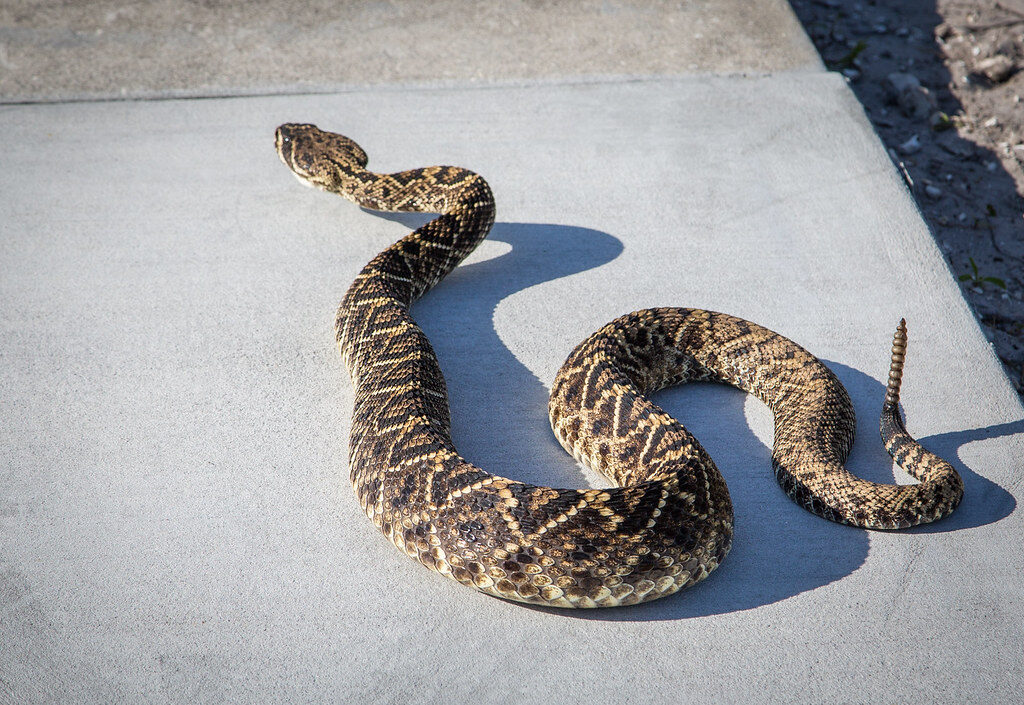
The Eastern Diamondback Rattlesnake is the largest venomous snake in North America, often reaching lengths of 6 to 8 feet. Recognizable by its distinctive diamond-shaped pattern and rattling tail, this snake inhabits southeastern states, including Florida, Georgia, and the Carolinas. Its venom is potent, capable of causing severe tissue damage or even death if untreated. Usually found in dry pine forests, sandy areas, or grassy fields, it prefers to avoid humans but can strike when threatened, making awareness critical in regions where it roams.
2. Timber Rattlesnake
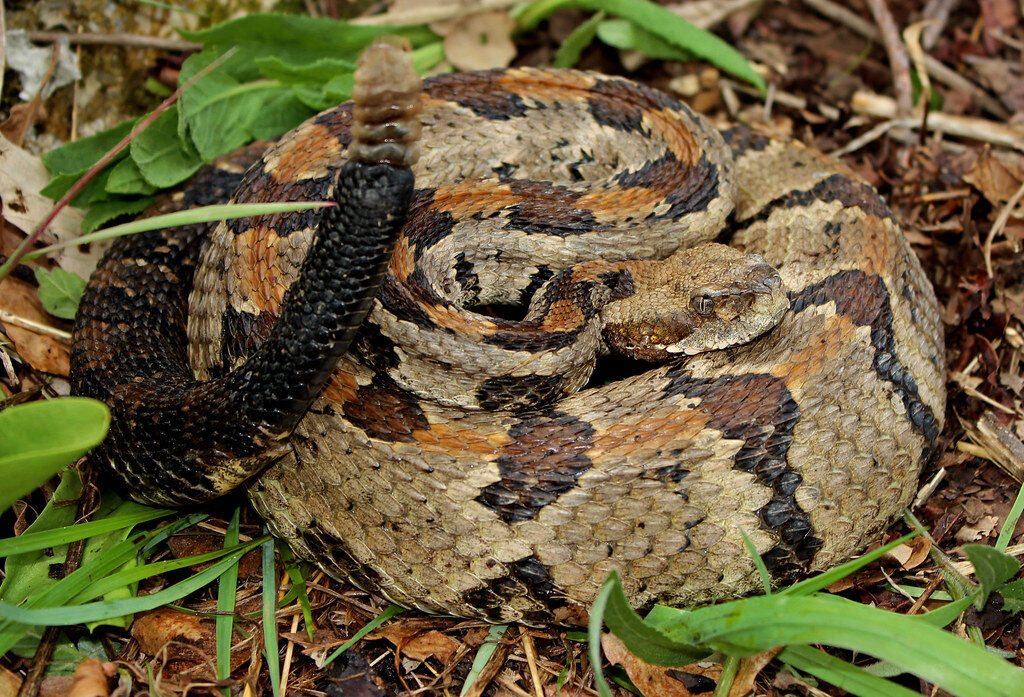
Timber Rattlesnakes are mainly found in the northeastern and midwestern United States, inhabiting forests, rocky hillsides, and river valleys. They average 3 to 5 feet in length, with distinctive dark crossbands on a lighter background. This species has a powerful hemotoxic venom that can be fatal without prompt medical attention. Generally shy, timber rattlesnakes will rattle loudly as a warning before striking. Encountering one in your yard is rare, but if you live near woodlands or undergrowth, it’s best to remain vigilant and educate yourself about their appearance.
3. Cottonmouth (Water Moccasin)
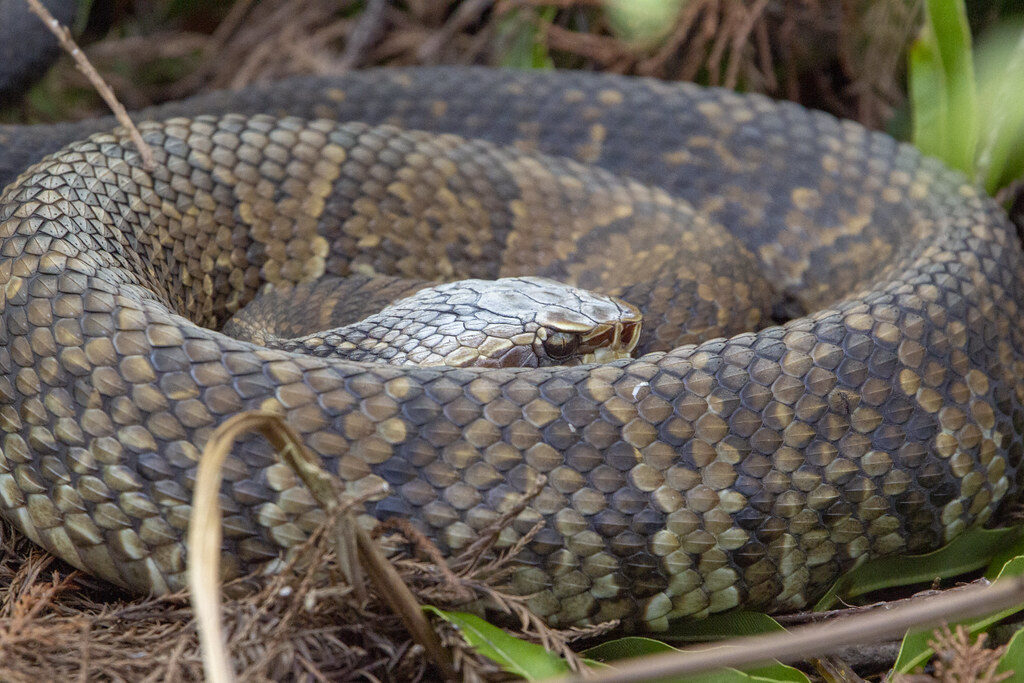
The Cottonmouth, or Water Moccasin, is a venomous snake native to the southeastern United States, particularly around swamps, rivers, and ponds. Named for the white lining of its mouth, which it displays as a warning, the snake has a thick, dark body with a triangular head. Its venom can cause severe pain, tissue damage, and even systemic effects if untreated. Cottonmouths are aggressive when cornered but typically retreat into water. If your yard has water features or is near wetlands, keep an eye out and teach children to avoid any unfamiliar snakes.
4. Copperhead
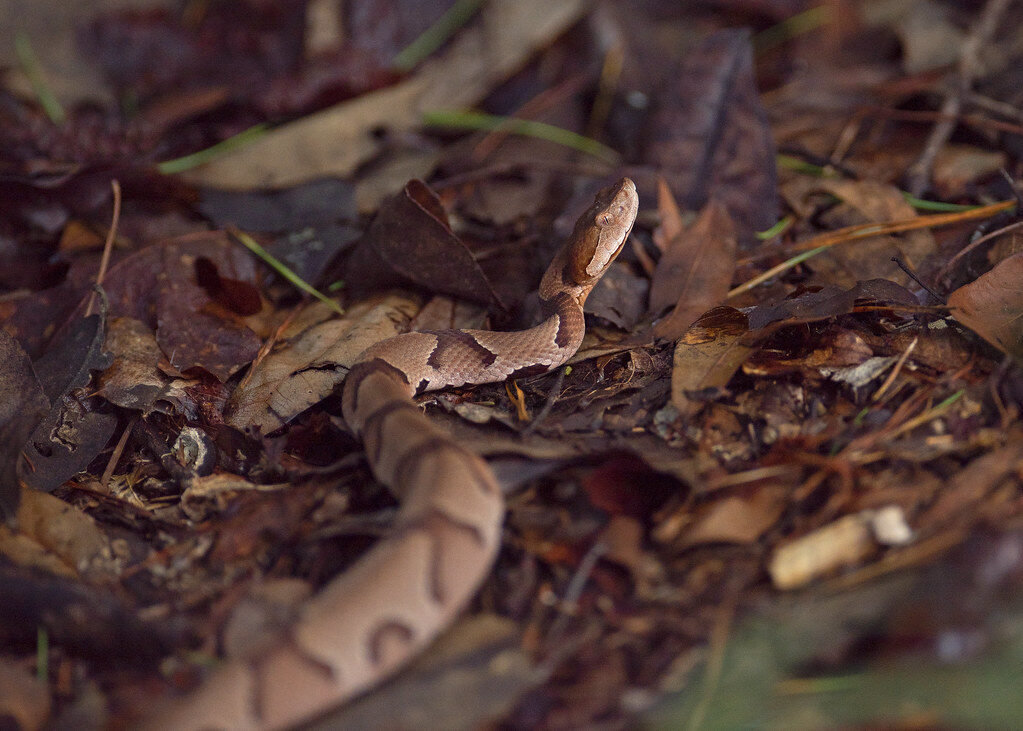
Copperheads are among the most commonly encountered venomous snakes in the United States, especially in forests, rocky areas, and suburban yards. They are easily identified by their copper-colored heads and hourglass-shaped markings on a tan or brown body. Though their venom is relatively mild compared to rattlesnakes, a bite is extremely painful and can result in swelling, bruising, and medical complications. Copperheads are ambush predators, often motionless near prey, so accidental encounters are more likely than aggressive attacks. Awareness and proper yard maintenance can reduce risks.
5. Western Diamondback Rattlesnake
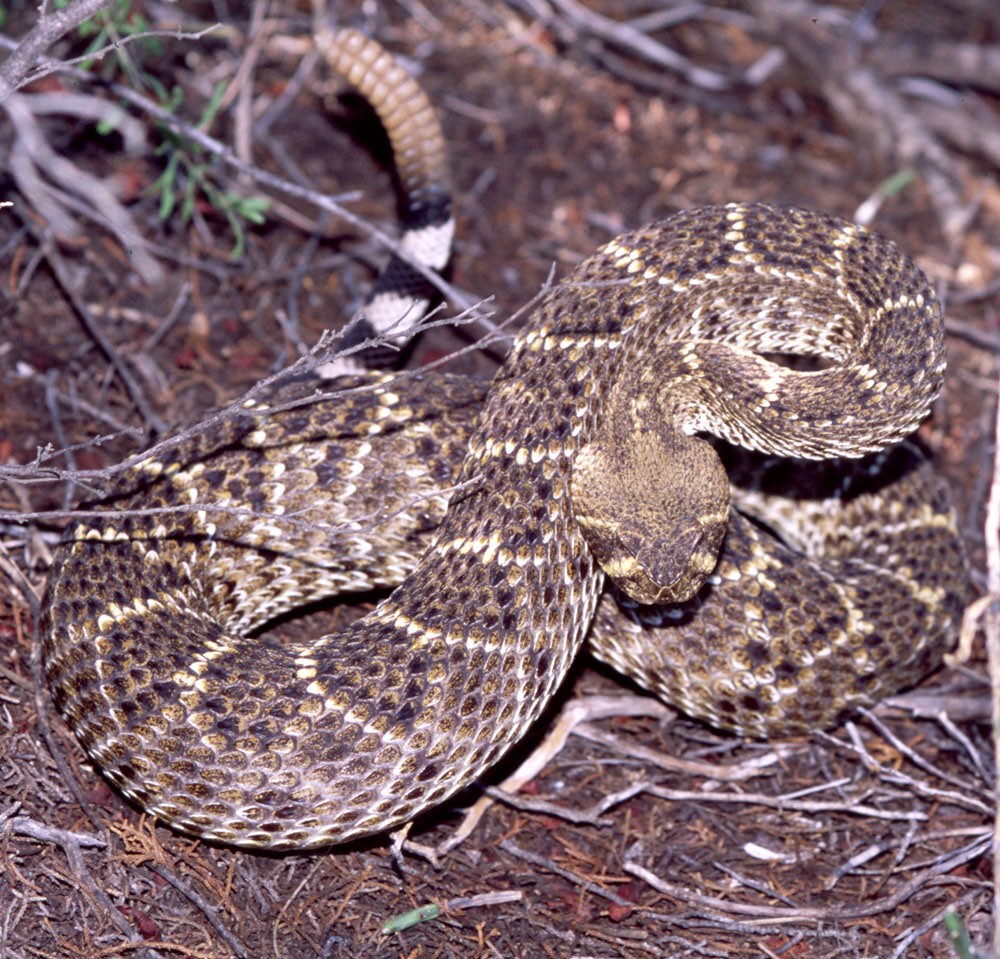
Native to the southwestern United States, including Texas, Arizona, and New Mexico, the Western Diamondback Rattlesnake is a large and potentially deadly species. It averages 4 to 5 feet long and displays a pattern of dark diamonds along its back. This rattlesnake prefers arid deserts, rocky hills, and sometimes suburban areas. Its venom can be lethal, affecting the circulatory system and tissue near the bite. Known for its distinctive rattling sound, it usually gives a warning before striking. Prompt medical care is crucial if bitten.
6. Mojave Rattlesnake
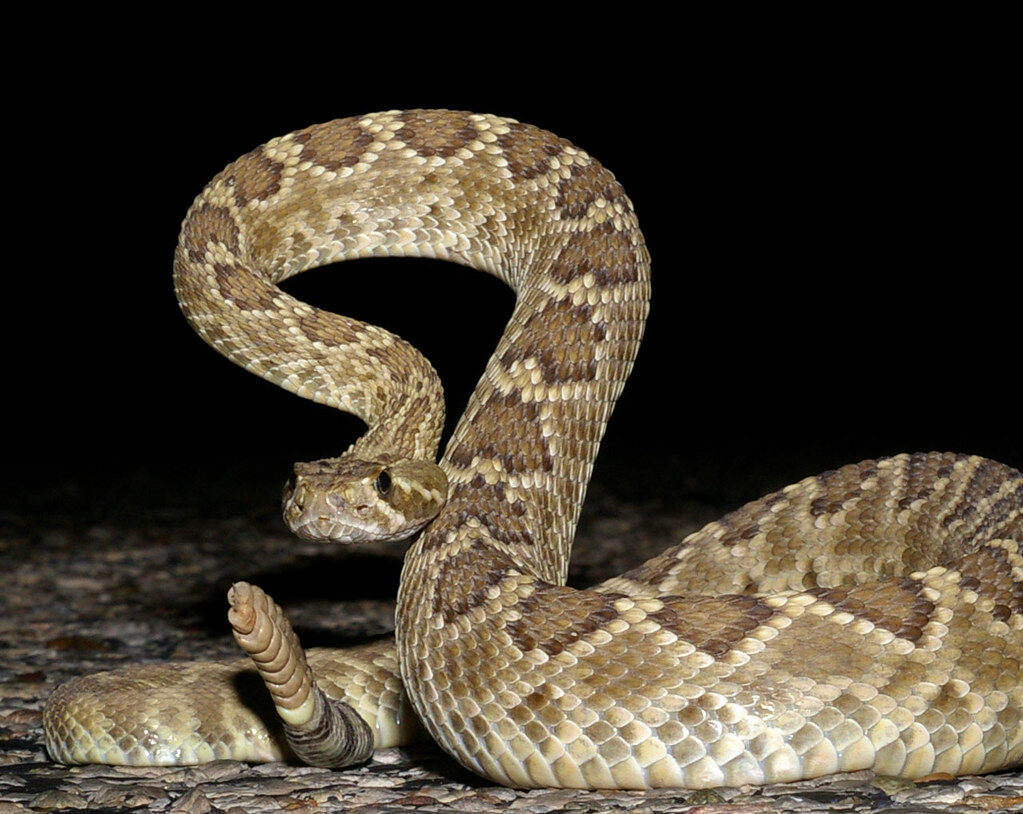
The Mojave Rattlesnake, often called the most venomous rattlesnake in the U.S., inhabits arid regions of the Southwest, including parts of California, Nevada, and Arizona. Its color varies from greenish to brownish, and it has a slender body compared to other rattlers. Its venom contains a potent neurotoxin, making bites especially dangerous. Typically shy, it avoids humans but will defend itself if provoked. Homeowners in desert-adjacent areas should remain cautious, keep yards clear of debris, and educate family members on identifying this highly venomous snake.
Comments